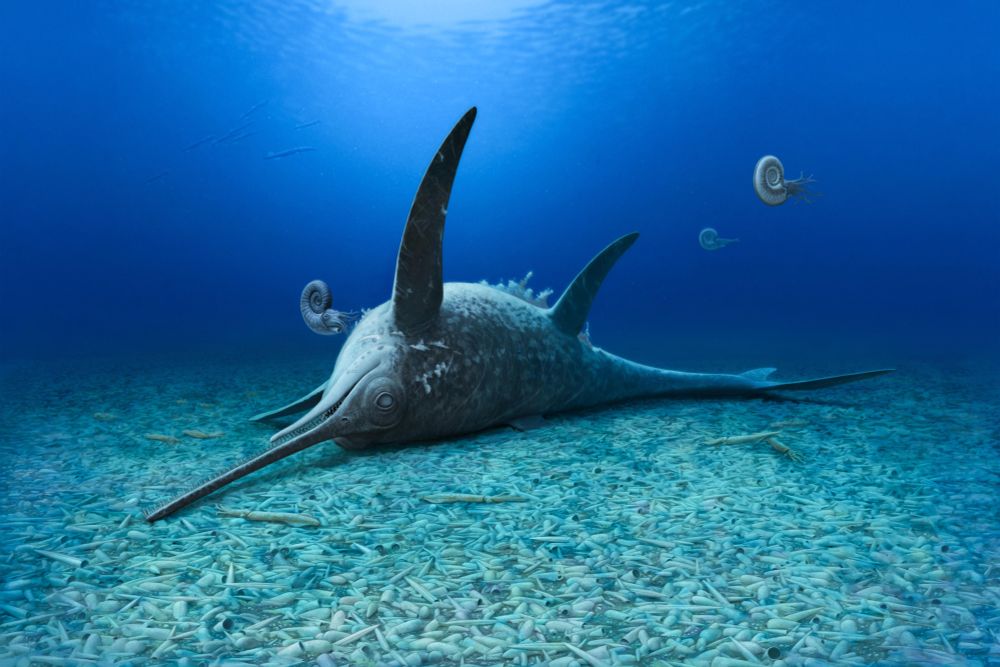Taxonomic reassessment of “Podocnemis” argentinensis (Testudines, Pleurodira) from the Maíz Gordo Formation (late Paleocene) with a description of new specimens from the western flank of Sierra del Mal Paso, Province of Jujuy, Argentina - Swiss Journal of Palaeontology
We reassess the taxonomy of the problematic taxon “Podocnemis” argentinensis from the Maíz Gordo Formation (late Paleocene) at Quebrada Queñoal (type locality), Departamento de Humahuaca, Jujuy province, Argentina. This plastron-based species was initially named as a member of the genus Podocnemis (Podocnemididae) based on the holotype and one referred specimen. Considering the dubious generic assignment of the holotype of “Podocnemis” argentinensis, we performed a thorough revision of the morphological characters of this taxon, based on the holotype and previously undescribed specimens from the same lithostratigraphic unit in the Casa Grande-Vizcarra river area (western flank of the Mal Paso Range, Tres Cruces Sub-basin) in Jujuy province, Argentina. The new referred specimens include a collection of shells found in association with one skull from Quebrada del Agujero, as well as some shells from Quebrada del Puesto in the same region. Comparison between the extended hypodigm of “Podocnemis” argentinensis and other podocnemidids suggests the assignment of this species to a new generic entity, based on the presence of a short preorbital skull portion with steeply curved prefrontal bones, both exoccipital bones with a dorso-medial process restricting the dorsal part of the foramen magnum to a narrow cleft, lateral orbits, absence of an interorbital groove, high maxillae, a large vomer and the generalized gular, extragular and humeral scute pattern. We included this species in a phylogenetic analysis to assess its relationships with other pelomedusoid turtles. It is recovered as the sister taxon of Gestemys powelli, with which it shares the following four synapomorphies: foramen posterius canalis carotici interni outside the basisphenoid, long basioccipital, reduced nuchal embayment and dorsoventral flattening of the shell. The clade including “Podocnemis” argentinensis and Gestemys constitutes a Paleogene Argentinean lineage which is more closely related to Erymnochelyinae and Peltocephalinae than to Podocnemidinae, a position supported by a more covered adductor fossa and a large anterior opening of the cavum pterygoidei.

















